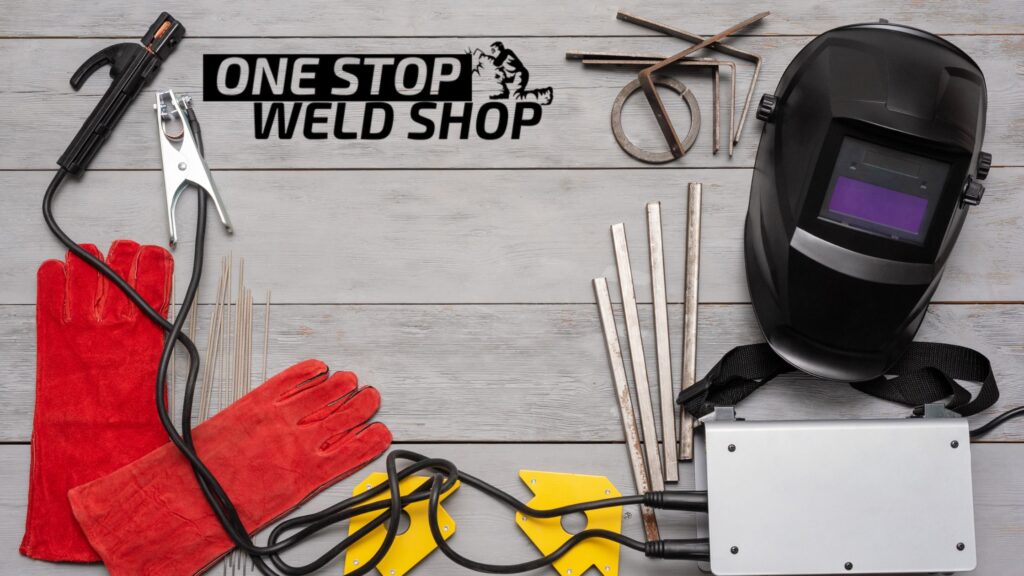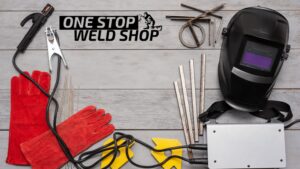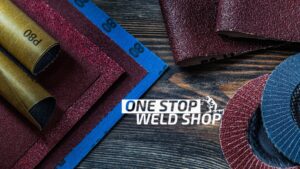FREE SHIPPING on orders over $100
FREE SHIPPING on orders over $100
FREE SHIPPING on orders over $100
Choosing the Perfect Welding Equipment for Beginners

Are you new to the world of welding and feeling overwhelmed by the vast array of equipment available? Don’t worry; you’re not alone. Selecting the right welding equipment can be a daunting task, especially for beginners. In this comprehensive guide, we’ll walk you through the essential factors to consider when choosing your first welding setup, ensuring you make an informed decision and start your welding journey on the right foot.
First, let’s discuss the three main types of welding equipment: MIG, TIG, and stick welders.
- MIG (Metal Inert Gas) Welders: MIG welders are popular among beginners due to their ease of use and versatility. They utilize a continuously feeding wire electrode and shielding gas to create a strong, clean weld. MIG welders are ideal for welding thin to medium-thickness metals and are commonly used in automotive repairs, household projects, and light fabrication work. Check out our selection of MIG welders to find the perfect machine for your needs.
- TIG (Tungsten Inert Gas) Welders: TIG welders offer precise control and produce high-quality, visually appealing welds. They use a non-consumable tungsten electrode and require more skill and practice to master compared to MIG welders. TIG welding is often used for welding thin metals, such as aluminum and stainless steel, and is favored in industries like aerospace, automotive, and artwork. Explore our range of TIG welders to discover the best options for your projects.
- Stick (Shielded Metal Arc) Welders: Stick welders, also known as arc welders, are the most basic and affordable type of welding equipment. They use a consumable electrode coated in flux to create the weld. Stick welders are rugged, portable, and suitable for welding thicker metals and working in outdoor or windy conditions. However, they require more skill to master and produce welds with a less polished appearance compared to MIG and TIG welders. Find the right stick welder for your needs in our equipment section.
Now that you have a basic understanding of the different types of welders, let’s discuss the factors you should consider when making your purchase.
- Skill Level and Learning Curve: As a beginner, it’s essential to choose welding equipment that aligns with your current skill level and offers room for growth as you progress. MIG welders are generally the most beginner-friendly, while TIG welders require more practice and finesse. Stick welders fall somewhere in between, offering simplicity but demanding more technique. Consider your willingness to learn and the time you can dedicate to mastering your chosen welding method.
- Intended Applications and Materials: Think about the projects you plan to undertake and the materials you’ll be working with most frequently. MIG welders are versatile and suitable for welding steel, stainless steel, and aluminum. TIG welders excel in welding thin metals, including aluminum, magnesium, and copper. Stick welders are ideal for welding thicker steel and are often used in construction and heavy fabrication. Make sure to choose a welder that can handle the materials and thicknesses you’ll be working with regularly.
- Budget and Long-Term Value: Establish a realistic budget for your welding equipment, considering both upfront costs and long-term value. While it may be tempting to opt for the cheapest option, investing in high-quality equipment from reputable brands can save you money in the long run. Look for welders that offer reliability, durability, and excellent customer support. OneStop Welding carries a wide selection of welding machines from trusted manufacturers, ensuring you get the best value for your money.
- Safety and Protection: Welding can be dangerous if proper safety precautions are not taken. When choosing your welding equipment, don’t forget to invest in essential safety gear to protect yourself from potential hazards. A reliable welding helmet with an auto-darkening lens, flame-resistant jacket and gloves, and appropriate footwear are must-haves for any welder. OneStop Welding offers a comprehensive range of safety equipment designed to keep you protected while you work.
- Accessories and Consumables: In addition to the welding machine itself, you’ll need various accessories and consumables to get started. These may include welding wire, electrodes, shielding gas, clamps, and abrasives for cleaning and preparing your metal surfaces. Consider the availability and cost of these items when selecting your welding equipment, and make sure to choose compatible products that meet your specific needs.
Choosing the perfect welding equipment as a beginner may seem challenging, but by considering your skill level, intended applications, budget, safety requirements, and necessary accessories, you can make an informed decision. OneStop Welding is here to support you every step of the way, offering a vast selection of high-quality welding equipment, safety gear, and consumables to help you start your welding journey with confidence.
Remember, investing in the right equipment is just the beginning. Dedicate time to learning proper techniques, prioritize safety, and practice regularly to develop your welding skills. With the right tools and mindset, you’ll be well on your way to becoming a proficient welder and creating impressive projects in no time.
For more expert advice and top-notch welding products, visit OneStop Welding today. Our knowledgeable staff is always ready to help you find the perfect welding solution tailored to your needs and skill level. Happy welding!



